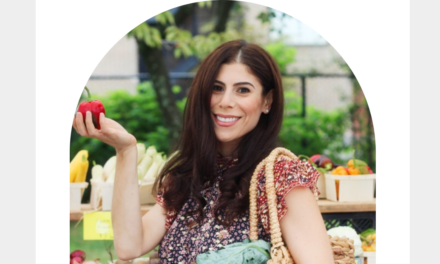Newsletter buzz grew last week with a couple of news items.
Beehiiv announced a $33M infusion in its newsletter platform. And Convert Kit’s 2024 State of the Creator Economy revealed newsletters/emails are the most popular content form as 58% of creators surveyed published them in 2023.
The growth fascinates me even though its popularity does not. Eleven months ago, beehiiv reported 7.5K active newsletters. Today, it has more than 20K. And those newsletters send a combined 1B emails every month. And beehiiv isn’t alone in its growth.
Visitors to the Substack platform, which has over 17K paid newsletter writers, have grown from 34.8M in August 2023 to 49.4M in January 2024, as reported on Backlinko. LinkedIn saw that its newsletters on its platform tripled to 450M from 150M in a year. Add in newsletters sent through ConvertKit (650K creators), HubSpot, Mailchimp, etc.; the numbers stagger the mind.
It’s a fascinating turn, given that Peter Kafka wrote a column on Vox two years ago entitled, “The newsletter boom is over. What’s next?”
Interestingly, what’s next – even in his article – was newsletters. Though some thought the Substack frenzy was a thing of the past and Meta had recently pulled the plug on its year-old Bulletin newsletter in favor of initiatives like Instagram Reels. Many publishers, he wrote, still leaned into newsletters as a “great minimally viable product.”
So why are investors so fond of newsletters?
Simply put, millions of people like newsletters, and money can be made for the newsletter creators, the platforms and services they purchase, and the advertisers who want to reach the audiences.
That’s what Danielle Lay, a partner in beehiiv investor NEA, believes. “Email is one of the most enduring digital channels, but there’s immense untapped potential for publishers to grow and monetize newsletter audiences,” according to her statement released as part of the investment announcement.
Tech Crunch writes, “All of this means that right now may well be a prime window of opportunity for newsletters … But ‘peak’-anything is a real risk … Consumers have been very enthusiastic about newsletter subscriptions in recent years, but sustaining that interest as their reading lists gets longer is tricky for publishers.”
So, how do you create and continue to publish a newsletter that attracts and retains an audience? Here are a few ideas:
1. Do more of what your subscribers tell you they want: Sure, you can ask the audience what they want. But they may not reply or even know what they respond to the most. Look at your data. What newsletters do they open more than others? What links do they click on most frequently? Are there topics or tactics that prompt more unsubscribes than others?
Unsure of what a good open rate is in your industry? You can check out these reports from Constant Contact and Mailchimp. Just remember, though, that these metrics are based on all emails sent, so they include newsletters, marketing emails, etc.
My best advice? Look more at the fluctuations in your analytics rather than going too far down the industry average rabbit hole.
2. Personalize the experience: I’m not talking about filling in a field with their first name so it reads: “Dear FIRST NAME, This newsletter is just for you.” I’m talking about customizing their subscription. How frequently would they like to receive the newsletter? Would they prefer a digest version once a month or the full-length weekly version? Can they put a pause on their subscription during a busy season so their inbox doesn’t fill up with unread newsletters, or must they opt out of receiving it altogether?
3. Get into the game: Imagine if Wordle had been a newsletter. The popular only once-a-day word-guessing game grew so much that The New York Times paid $1M for it. Think about what games, quizzes, polls, or other interactive elements could hook your newsletter subscribers and keep them opening it every time you deliver it to their inbox.
What’s next? Expect the newsletter playing field to get even bigger. Though many will always be free, discerning subscribers will be more willing to pay for newsletters that they feel truly speak to them and their interests. More advertisers will continue to seek affordable options to better access niche audiences that they know are engaged with the content. Newsletter service platforms will also expand and some will even increase their value to creators who opt to publish through them.
But what’s next for your? Make plans to start a newsletter. Or, if you already have one, deliver even more of what your audience wants so they’ll never want to leave.
About the author
Ann regularly combines words and strategy for B2B, B2C, and nonprofits, continuing to live up to her high school nickname, Editor Ann. An IABC Communicator of the Year and founder of G Force Communication, Ann coaches and trains professionals in all things content. Connect with her on LinkedIn and Twitter.










